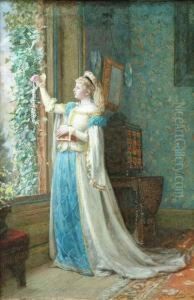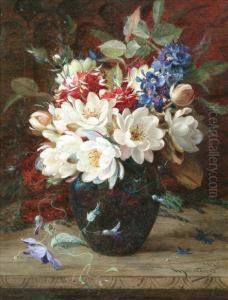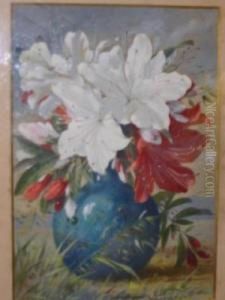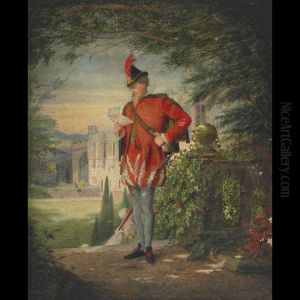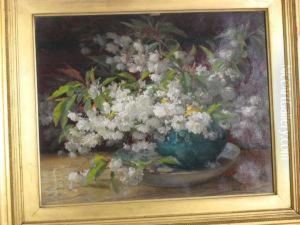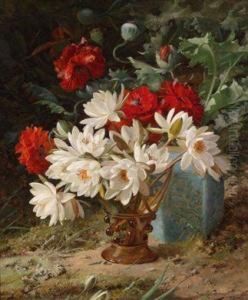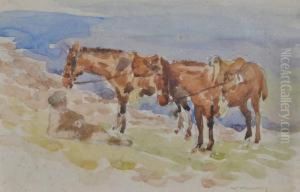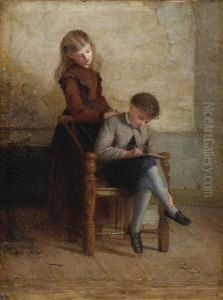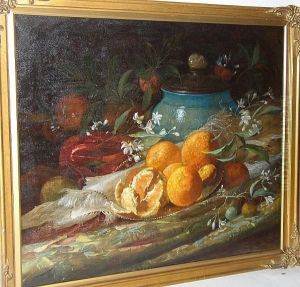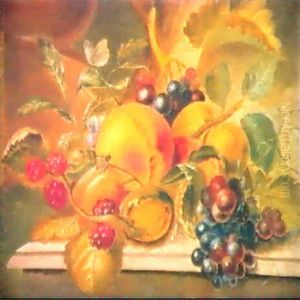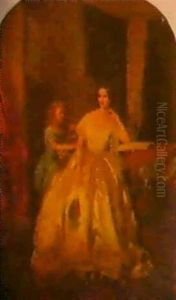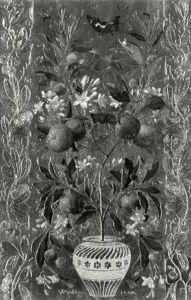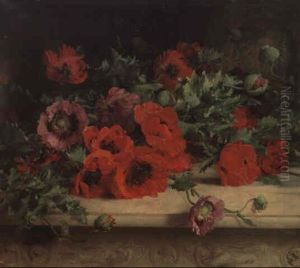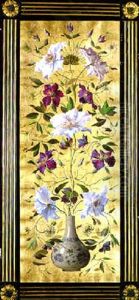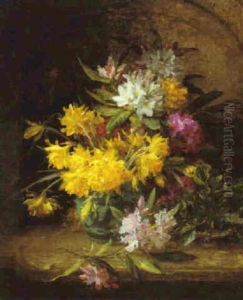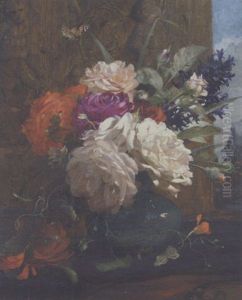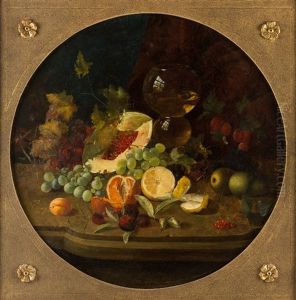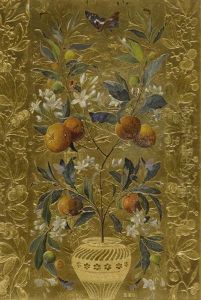William Jabez Muckley Paintings
William Jabez Muckley was an English artist born in the year 1837 in the United Kingdom. Muckley is best known for his works as a watercolorist and painter, particularly his contributions to the Victorian era's fascination with floral subjects and still-life paintings. His work reflects the period's inclination towards fine detail, realism, and the celebration of the natural world.
Not much is widely known about Muckley's private life, and he remains a somewhat obscure figure in the art historical canon. However, his artistic output during his lifetime garnered him recognition amongst his peers and collectors. Muckley exhibited his work at prestigious institutions such as the Royal Academy and the Royal Society of British Artists, suggesting that he was a respected member of the artistic community during his career.
Muckley's skill as a watercolorist was evident in his delicate and precise renderings of flowers. His paintings often featured arrangements that were both lush and meticulously composed, demonstrating not only his artistic talent but also a deep understanding of botany. During the 19th century, there was a significant interest in the natural world, and botanical illustration was a popular genre. Muckley's work bridged the gap between scientific illustration and fine art, appealing to a wide audience.
Despite his success during his lifetime, Muckley did not achieve the same enduring fame as some of his contemporaries. However, his paintings continue to be appreciated by those with an interest in Victorian art and are held in various collections, both private and public.
William Jabez Muckley passed away in 1905, leaving behind a body of work that, while not widely known today, contributes to the rich tapestry of Victorian art. His dedication to his craft and his ability to capture the beauty of the natural world continue to speak to the sensibilities of art enthusiasts and collectors who encounter his work.
